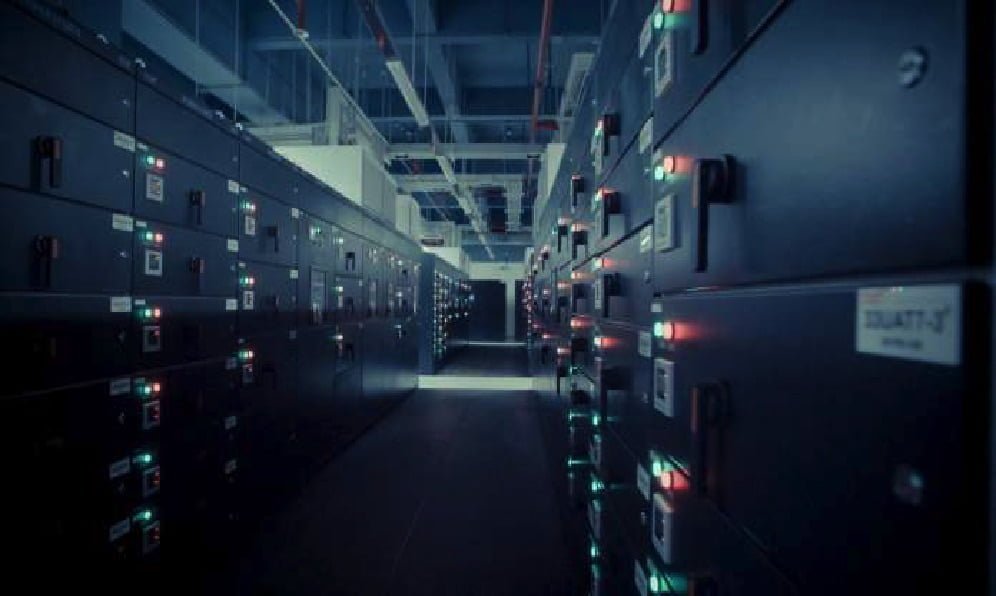We live in a highly interconnected world that relies on modern communication technologies. But this technology would not have been possible if one of the first transatlantic undersea cables had not been developed in 1858, which attempted to unite Newfoundland and Ireland.
This cable enables communication between the US and Ireland and successfully transmits a congratulatory letter from Queen Victoria to the President of the United States, James Buchanan. However, the transmission signal dropped drastically, and the cable only worked for three weeks.
Nearly 165 years after the first attempt, last October, the Cable Landing Station arrived in Barcelona,the world’s longest underwater cable to date, from DE-CIX. Its 45,000 kilometers serve as a bridge for companies and service providers located in Spain to gain access to international connectivity.
5 interesting facts about underwater cables
- They are indestructible. Undersea cables have an average life span of about 25 years when stored under optimal conditions. From there, their maintenance is increasingly complicated and their situation is very dependent on natural conditions because in the end they drown in the depths of the ocean and it is impossible to control the forces of nature.
- How are they repaired? It should be noted that the seabed is not a completely safe place and these cables are vulnerable to geographic accidents, animal attacks, being hit by ship anchors, etc. First of all, let’s be clear that there is no human risk in this procedure. There are ships located at strategic points in the sea where there is a greater concentration of undersea cables so that, when a failure is detected in one of them, the ship moves to certain coordinates and thanks to robots, it does so. out the exposed cable repair. The cable was raised to the surface and after solving the problem, it was sunk again
These are the 5 weirdest facts about underwater cables
- What size? While the thought of undersea cables carrying millions of data and connecting continents leads us to believe they are gigantic infrastructures, the reality could not be further from the truth. Underwater cables consist of bundles of optical fibers that are usually the diameter of a hair’s breadth. What larger volumes mean is this protection because they require multiple layers of resistant materials such as polyethylene, copper and even waterproof aluminum barriers. However, with the added layer of protection, these cables usually don’t exceed the size of a garden hose or human arm. However, it should be noted that the part of the underwater cable closest to the shore usually has a larger layer of armor so it is better protected.
- Advantages over satellite. Optical fiber is much faster and results in much lower latency in data transmission than connections made via satellite. In addition, they are not exposed to solar storms, which usually cause problematic communication breakdowns, and at the same time, they are less susceptible to hacking.
- How many? In total, there are more than 400 underwater cables laid in the depths of the planet. In Spain we currently have 28 undersea cables. In 2021, a new extension of 2Africa was announced which will connect the Canary Islands with the Peninsula. There are cables of various lengths, some very short, such as the 130 km link between Ireland and England, or the 28,000 km link between Japan and England.

“Entrepreneur. Internet fanatic. Certified zombie scholar. Friendly troublemaker. Bacon expert.”







